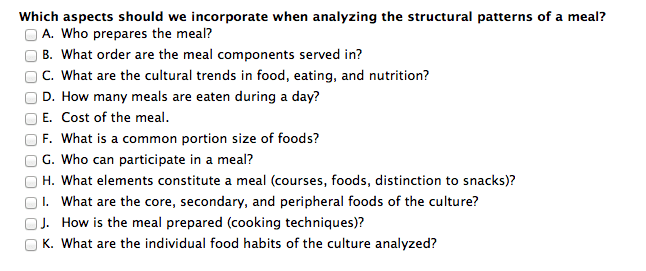INTC 1F90 Lecture : 07 - Face Value.docx
50 views2 pages
14 Apr 2012
School
Department
Course
Professor
Document Summary
Maintaining one"s own face or upholding another"s face is what we usually do in our everyday social lives. What threatens/maintains face changes according to cultural values, norms and beliefs. Certain actions can be problematic in one culture, while perfectly acceptable in another. Importantly, threats to face are perceived to be a problem, and do not need to pose an actual or physical or social threat. Individualistic cultures tend to view the individual as primary and will tend to prefer self-face strategies. Collectivist cultures tend to view the group as primary and will tend to prefer group-face strategies. Tend to focus on aspects of face that benefit the self (self-face: deferring blame, minimising negative effects, equalising others" face. Tend to focus on aspects of face that benefit the group (mutual-face; other-face: accepting the blame, apologies, deference to authority. Low power distance correlates with individualistic cultures: tendency to defend self-face.
Get access
Grade+20% off
$8 USD/m$10 USD/m
Billed $96 USD annually

Homework Help
Study Guides
Textbook Solutions
Class Notes
Textbook Notes
Booster Class
40 Verified Answers
Class+
$8 USD/m
Billed $96 USD annually

Homework Help
Study Guides
Textbook Solutions
Class Notes
Textbook Notes
Booster Class
30 Verified Answers







